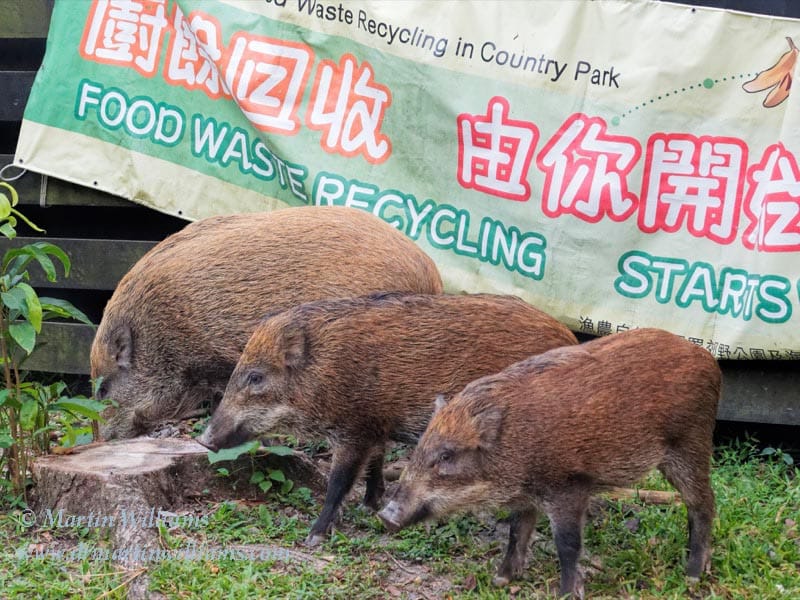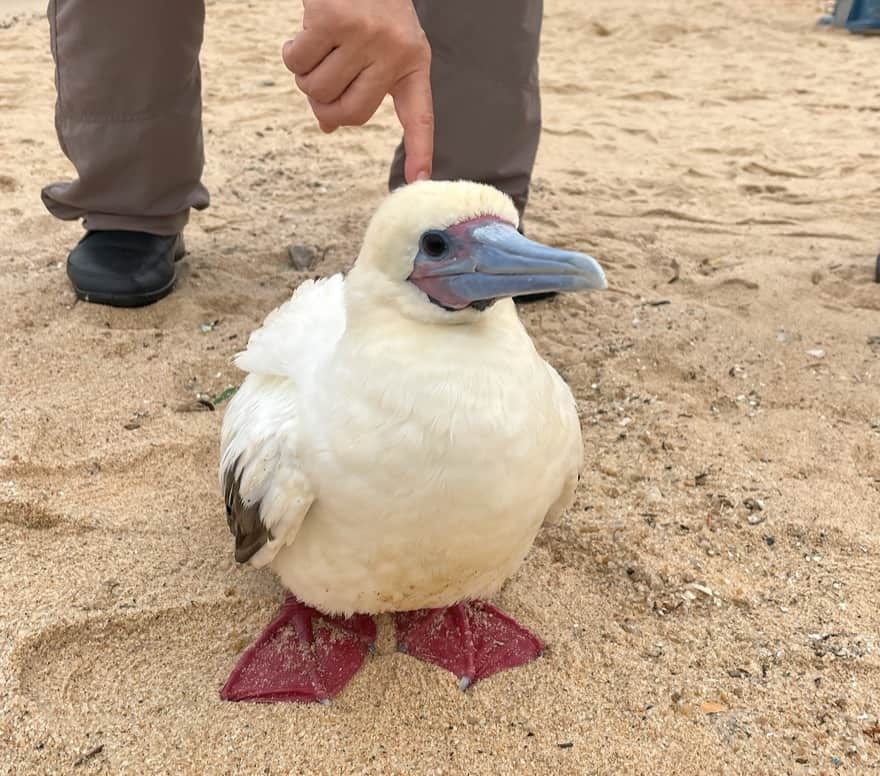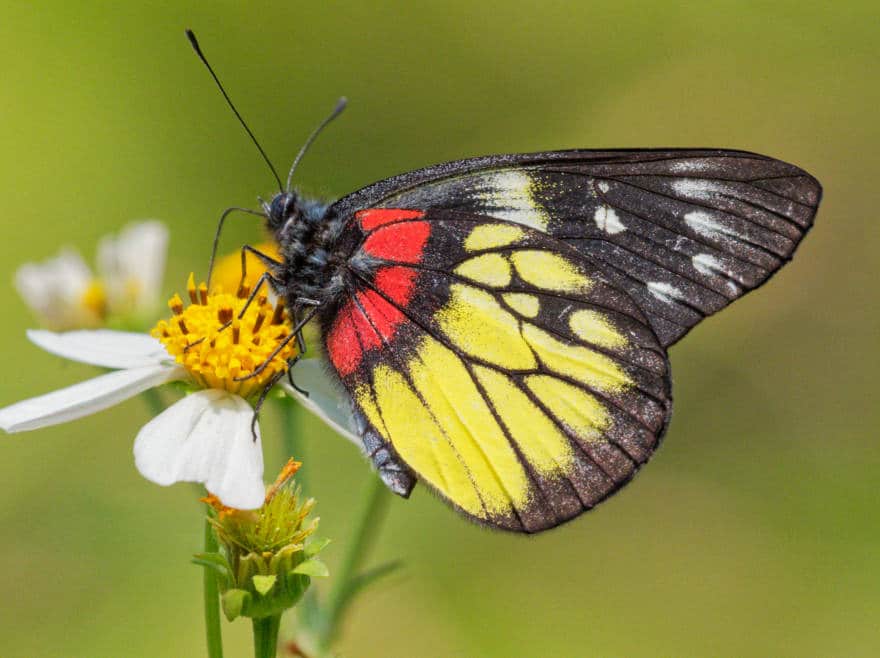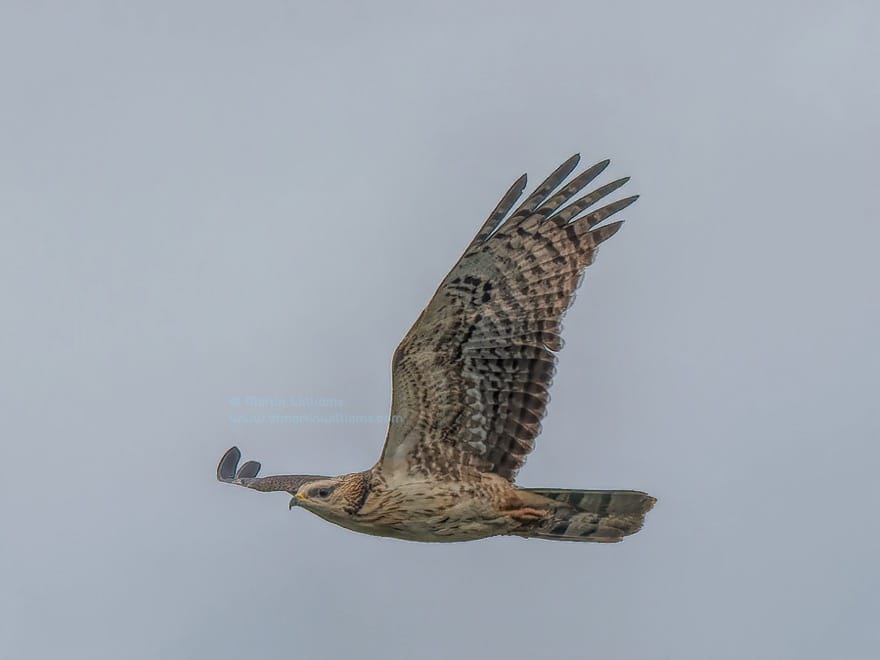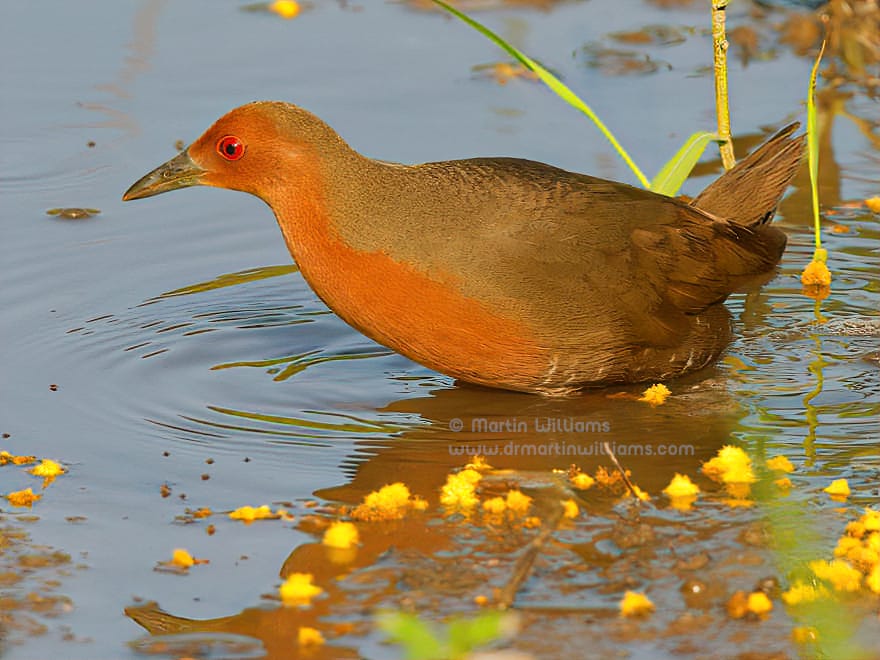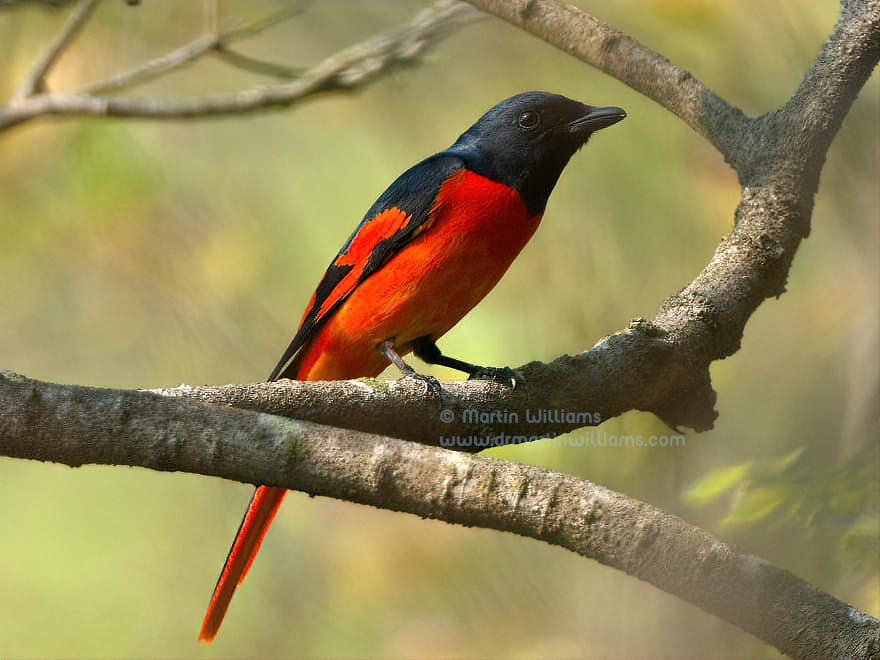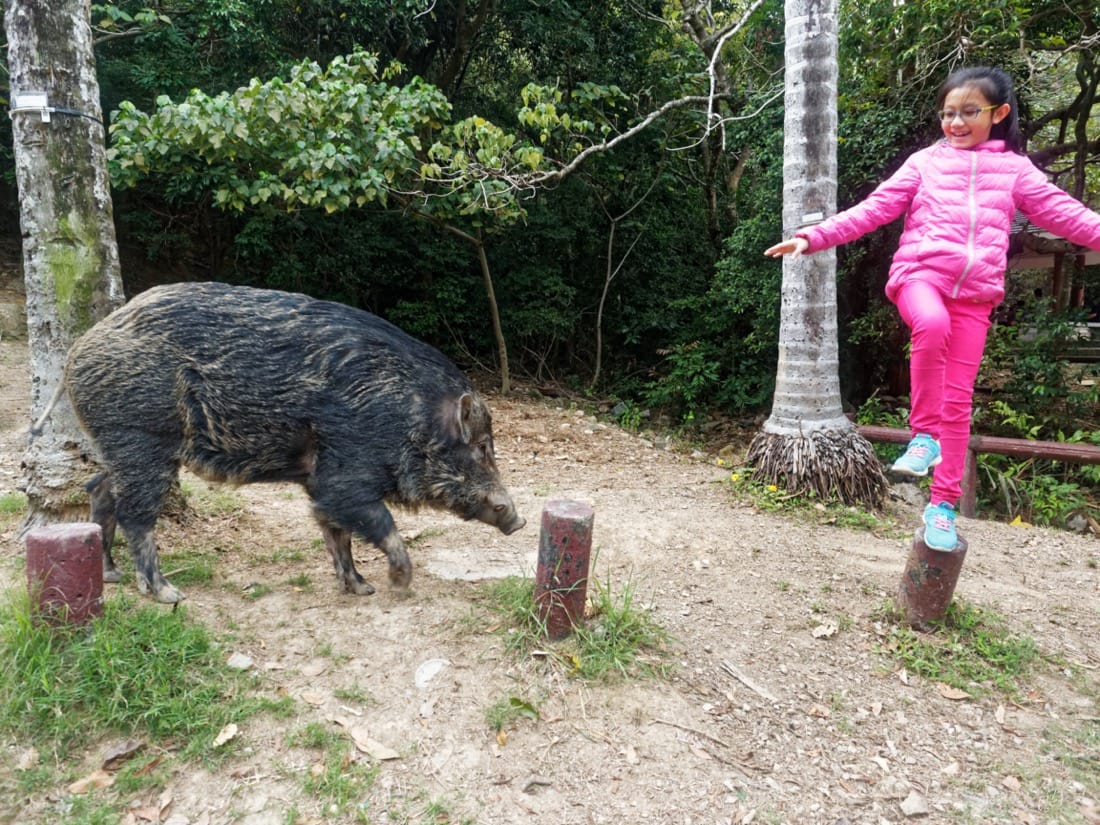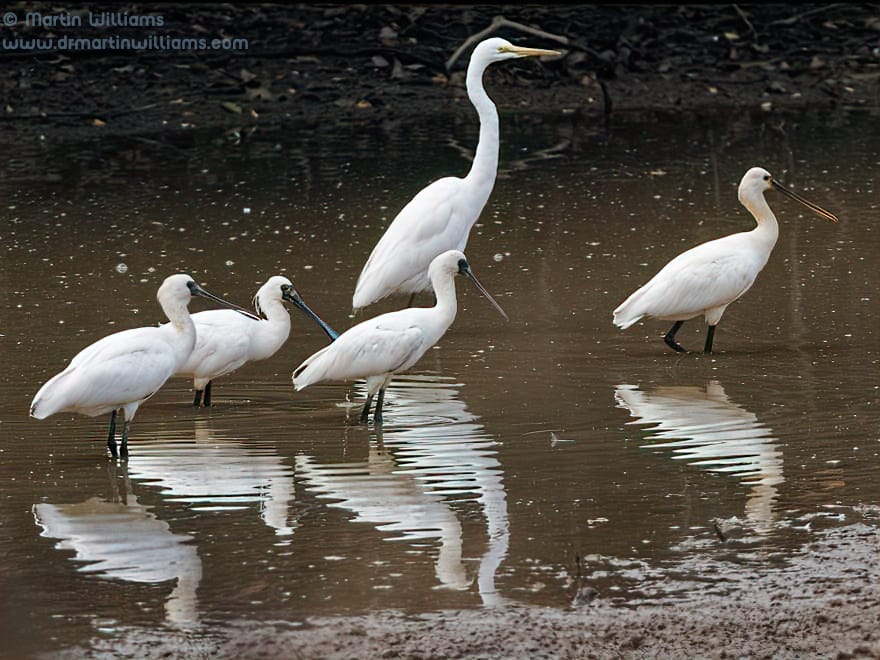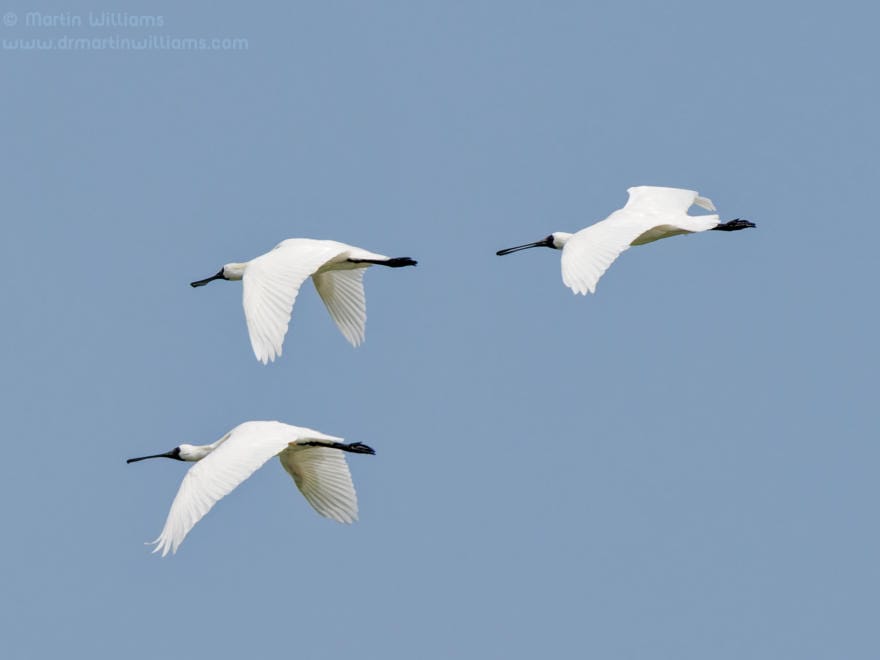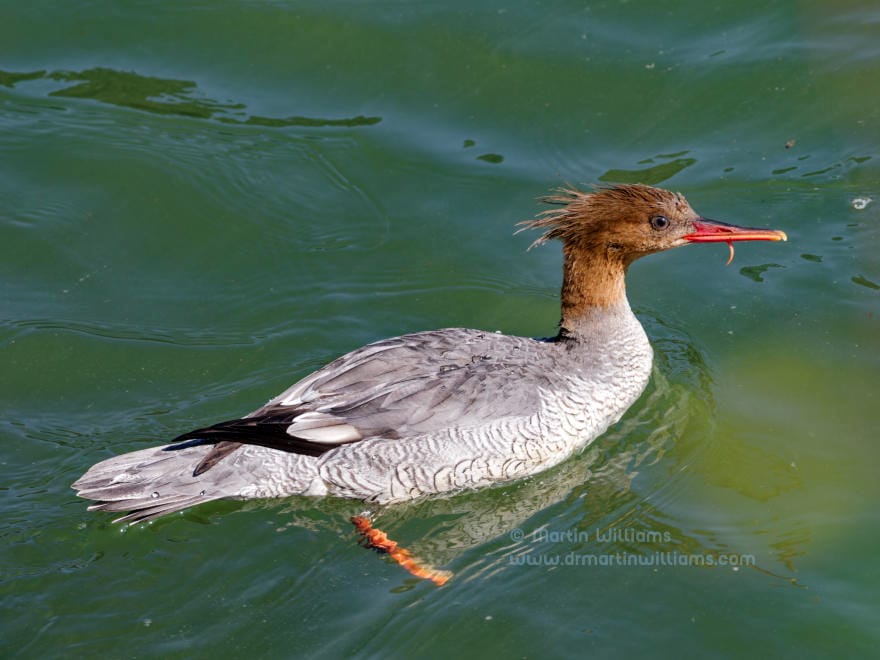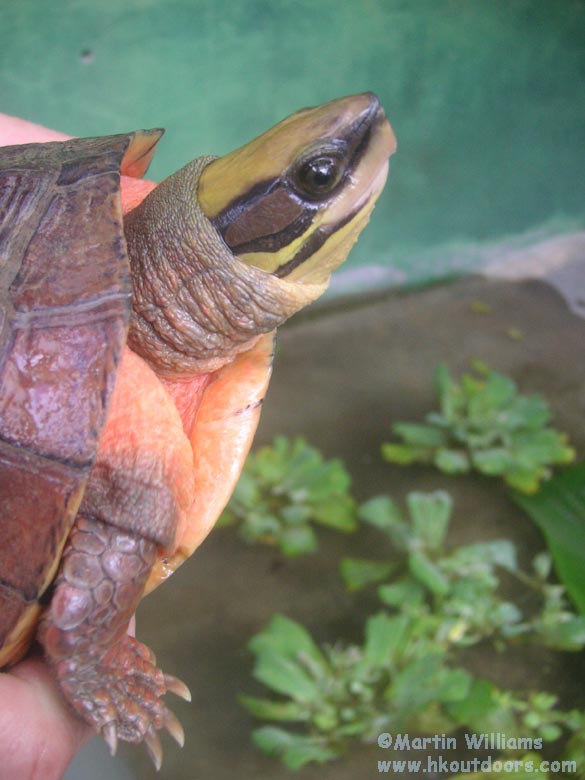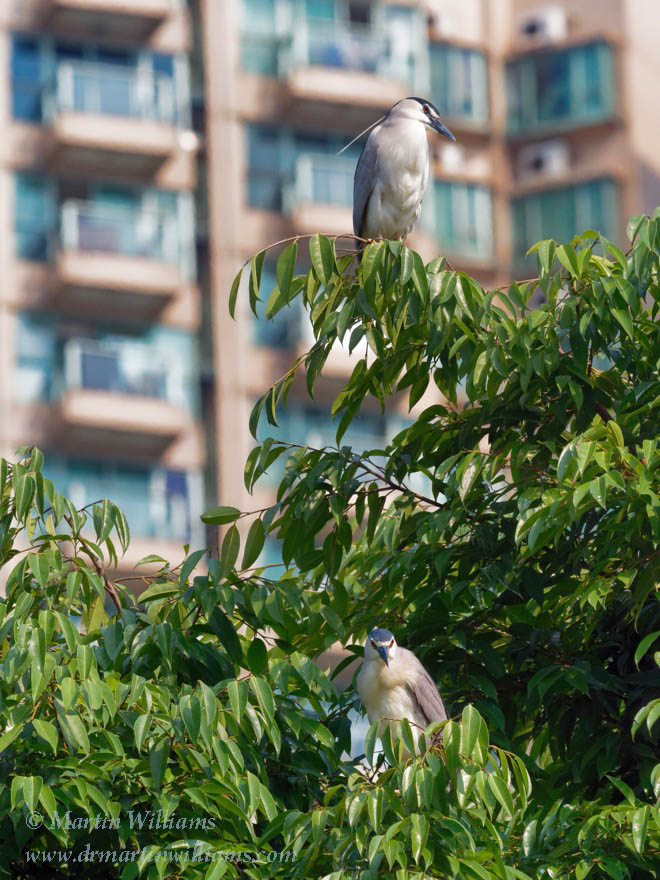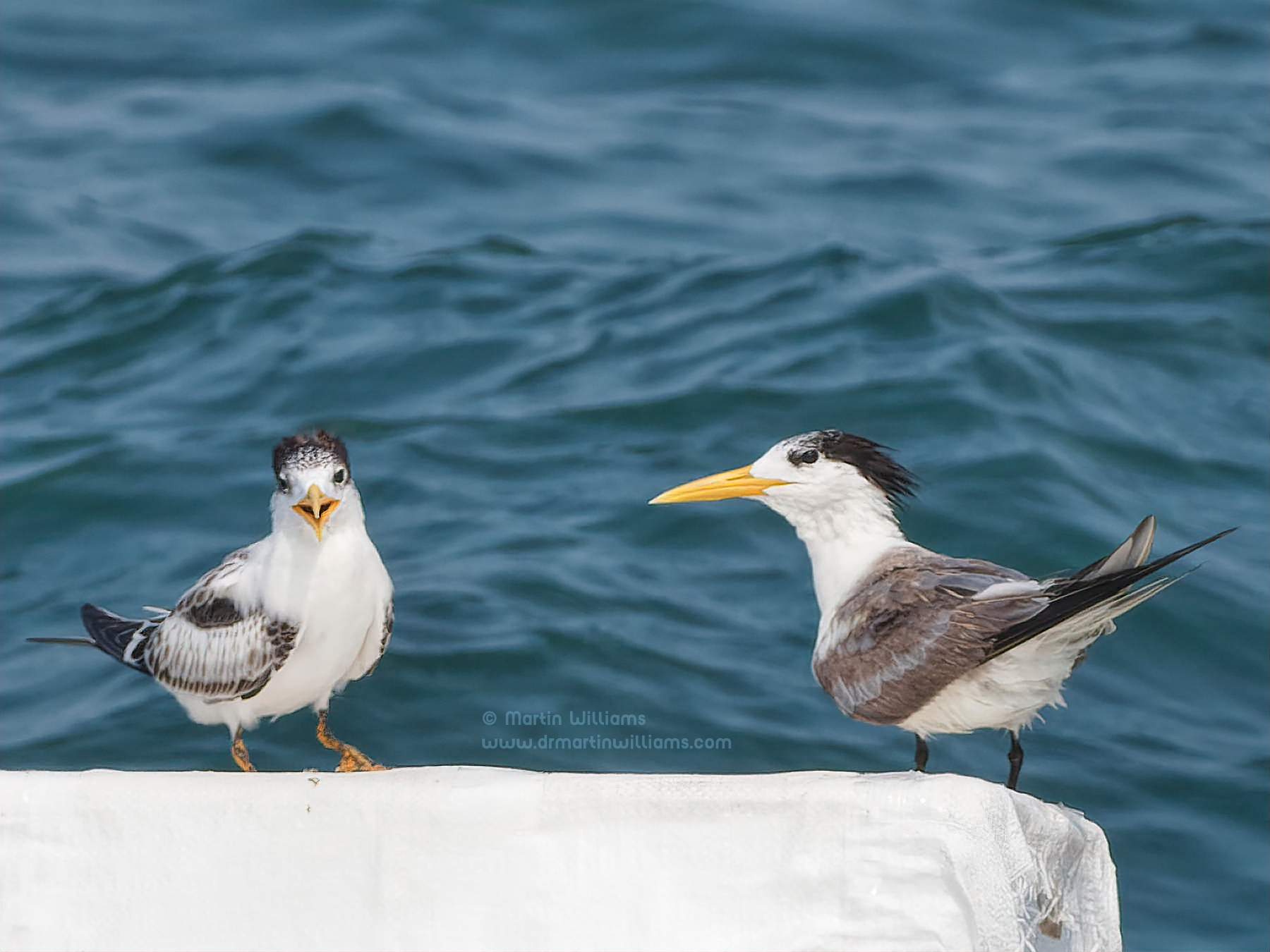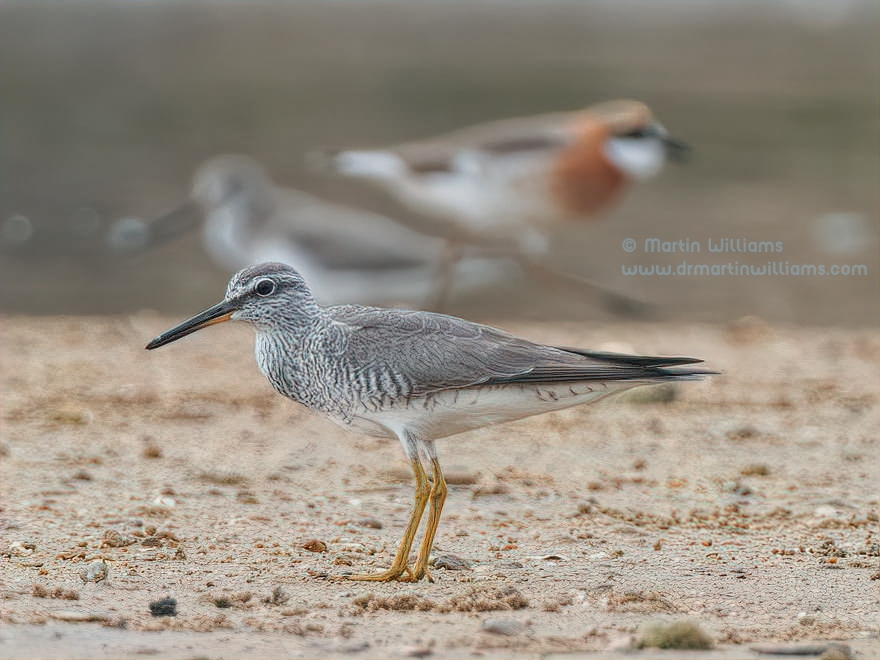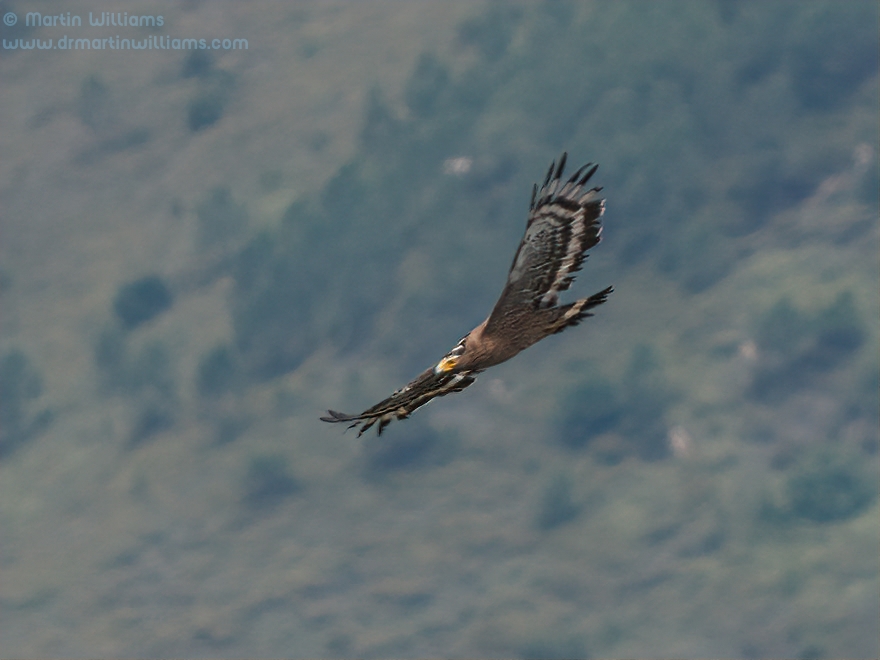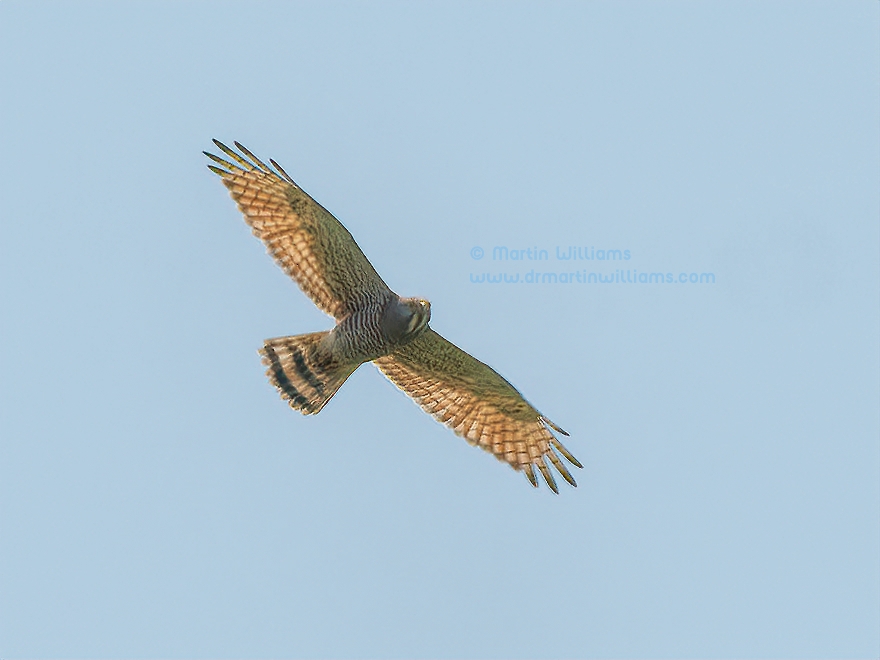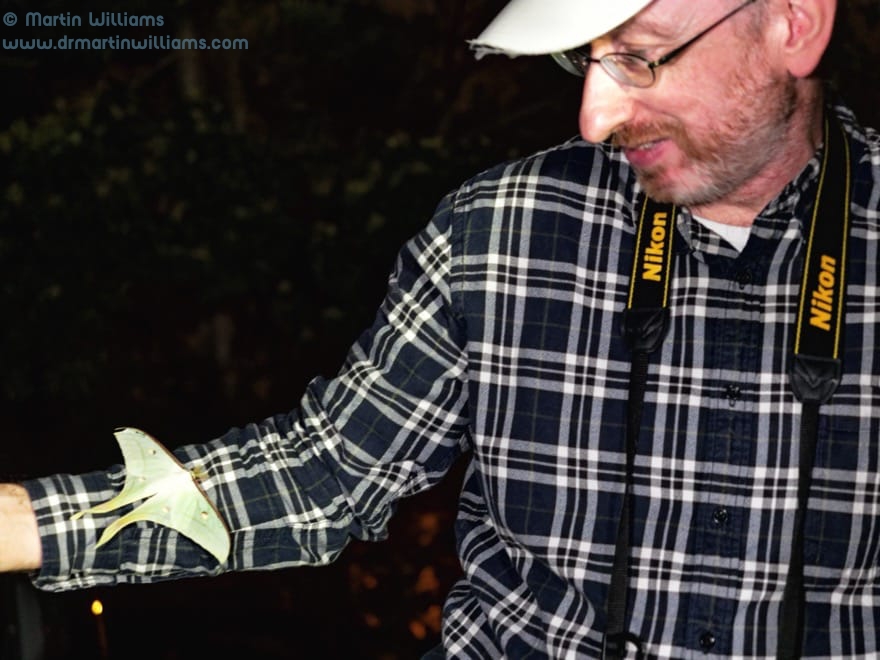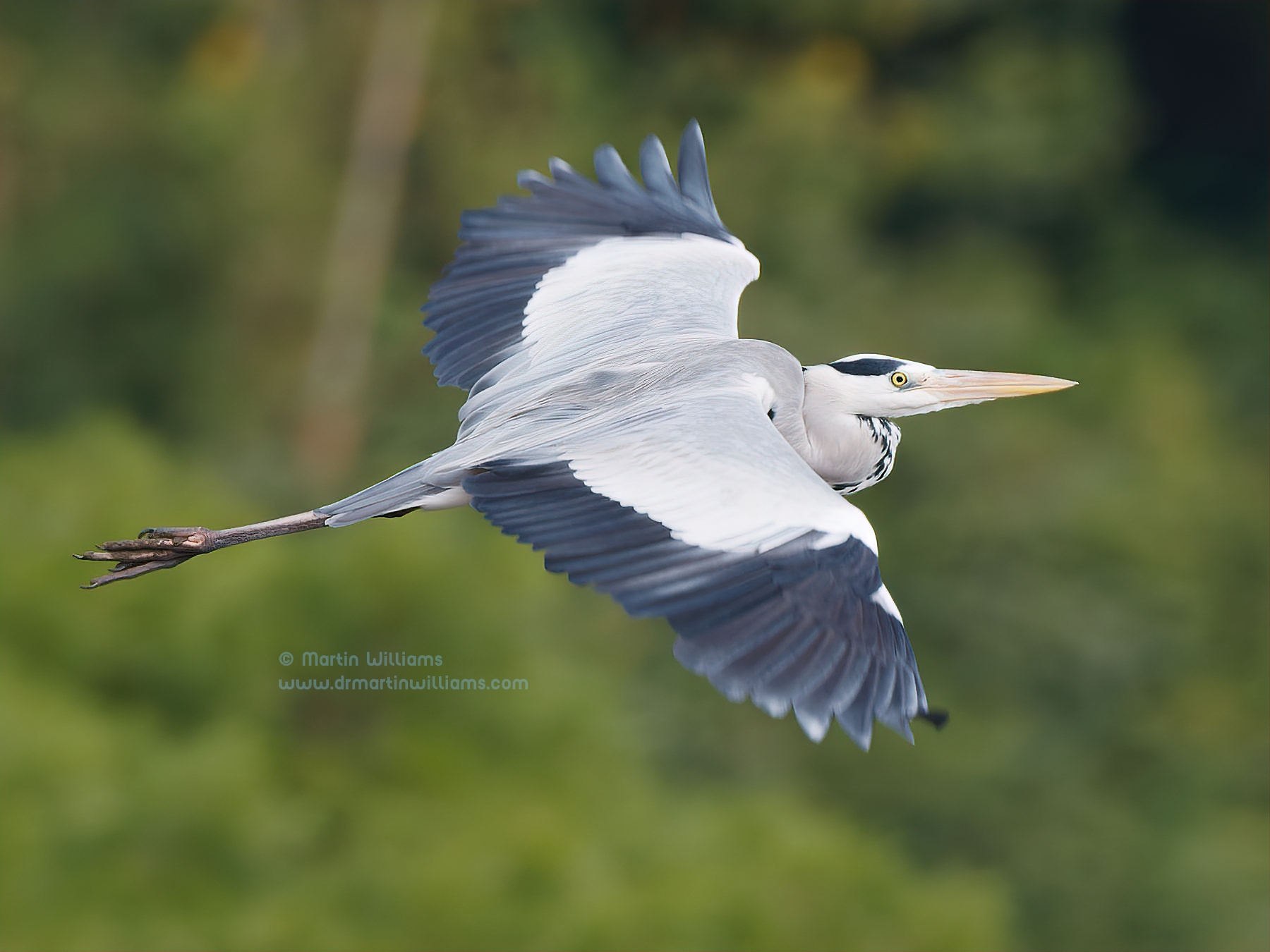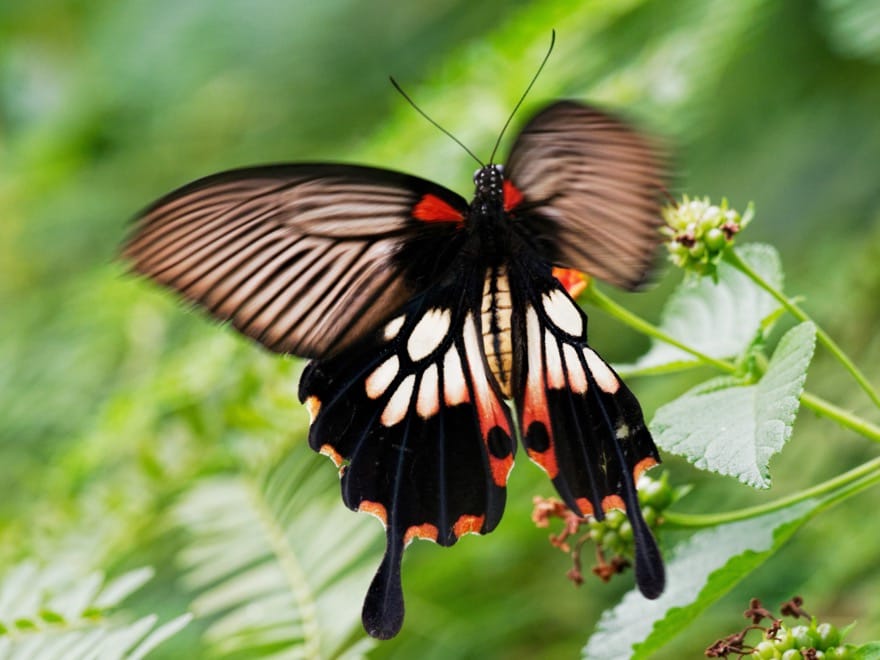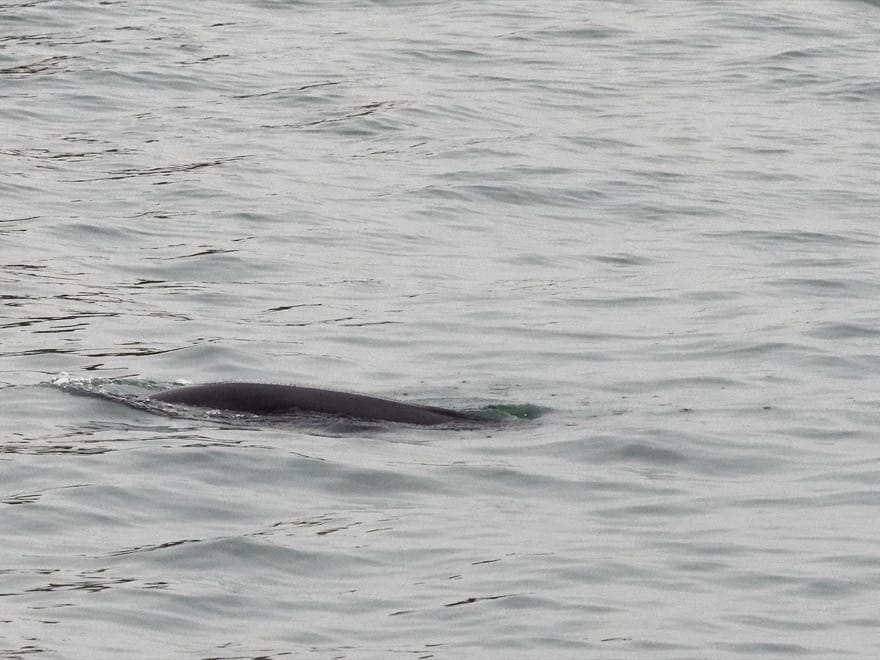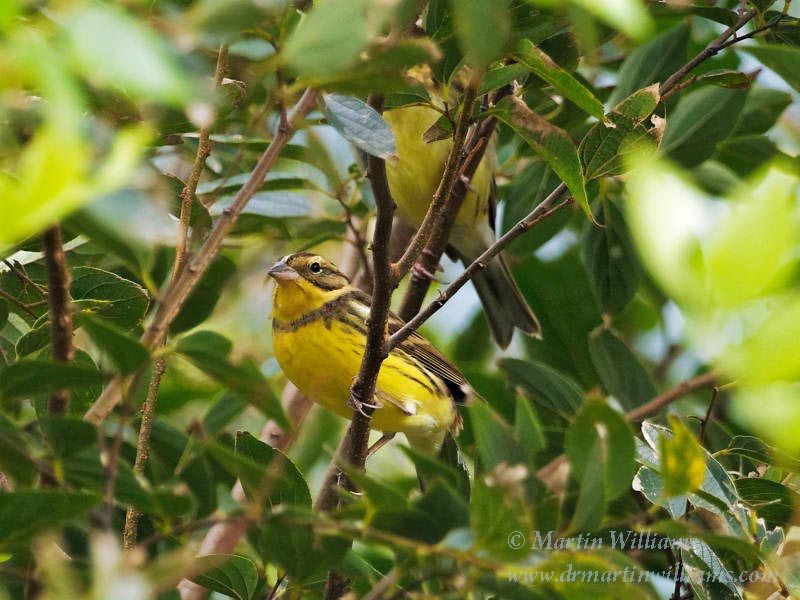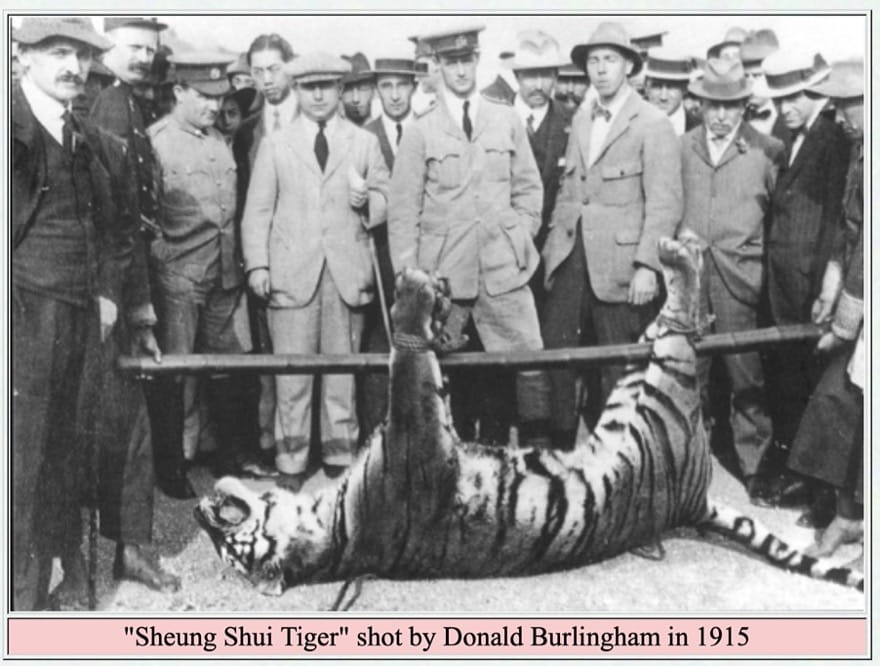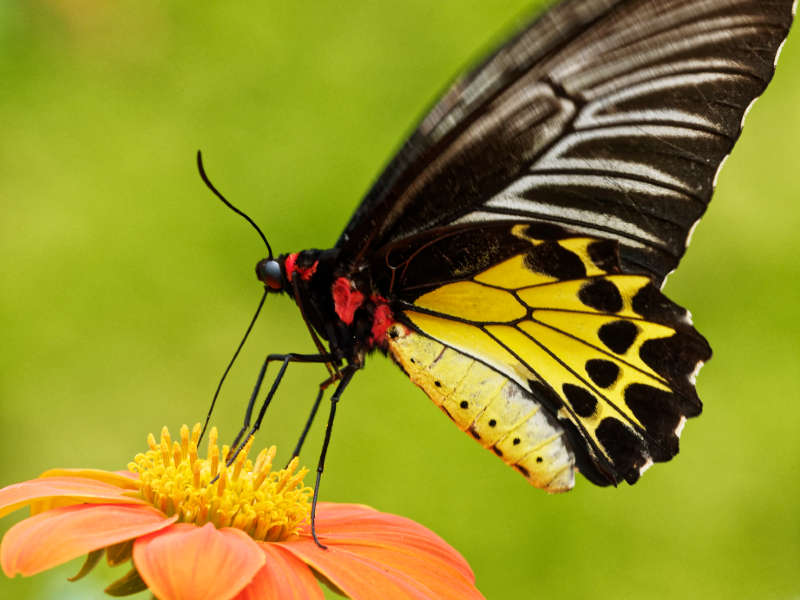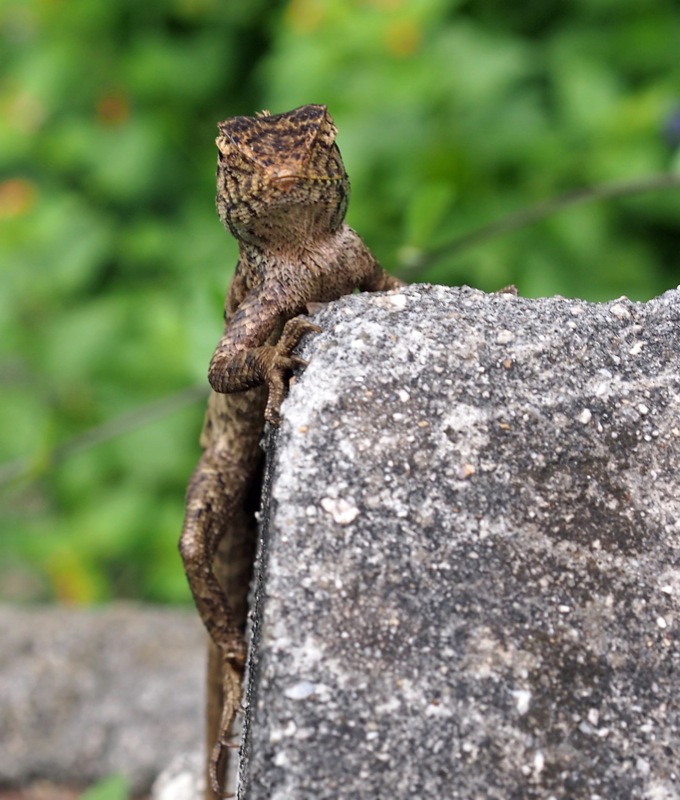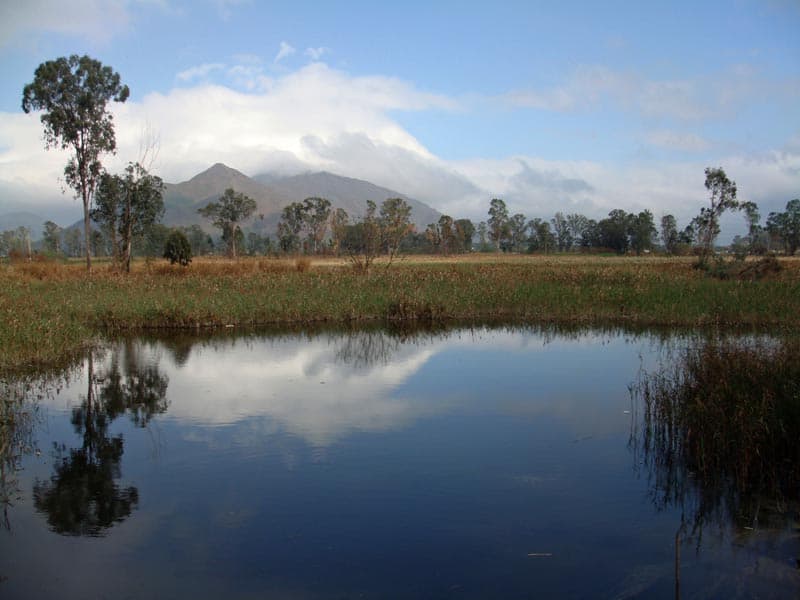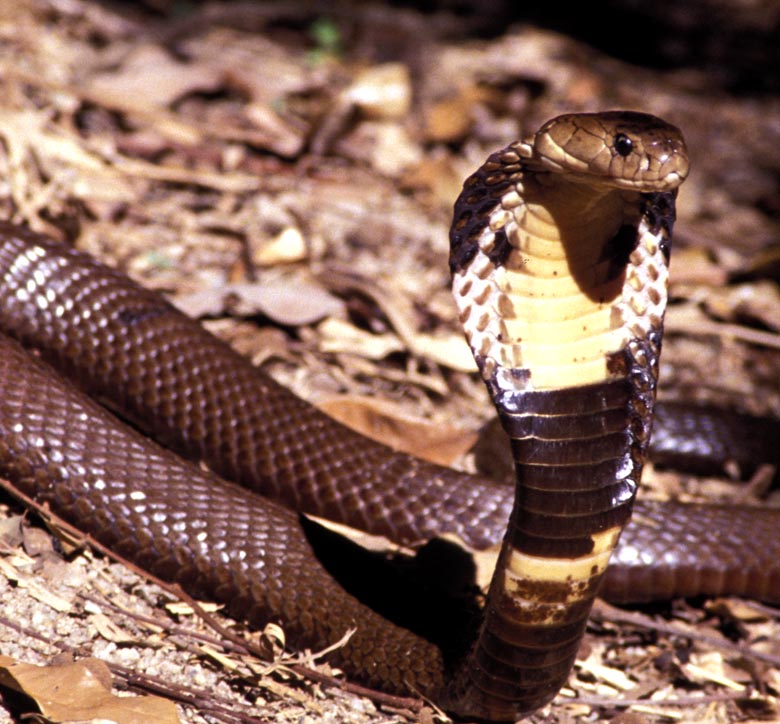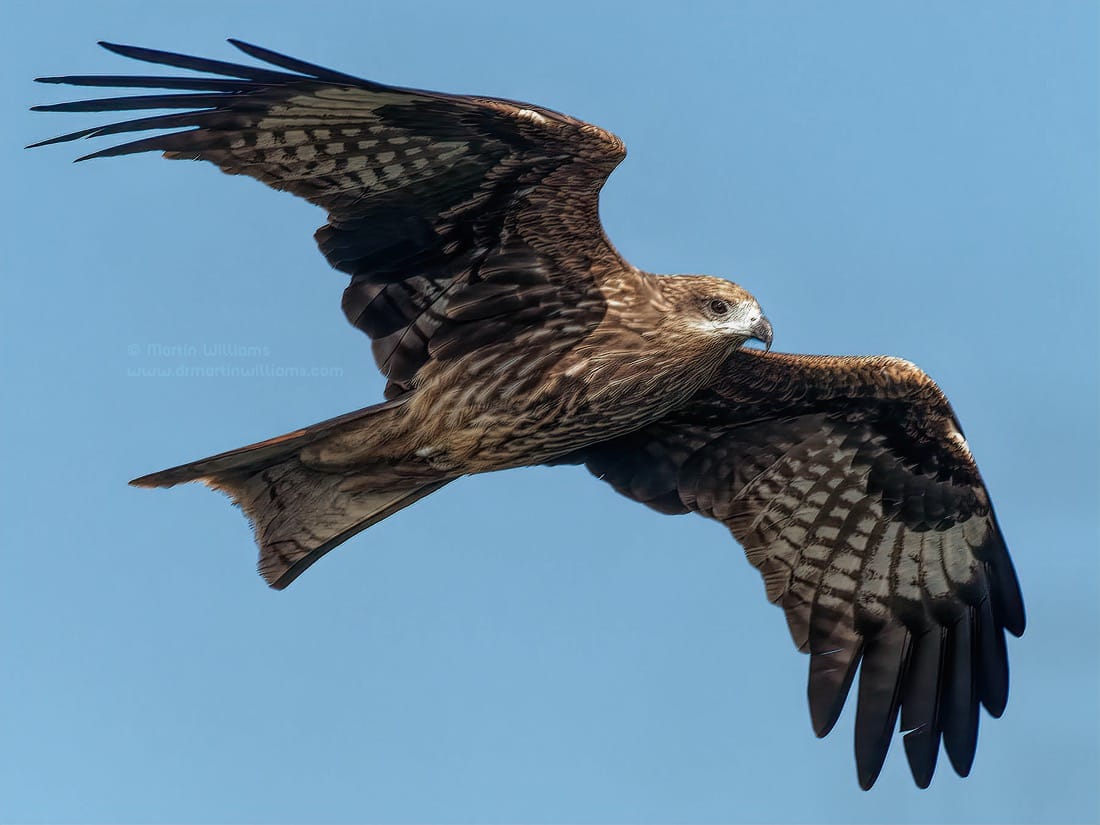If you visit the Hong Kong countryside on the edge of the city nowadays, you might come across something that would have seemed remarkable 12 years ago, as the previous Year of the Pig began: a wild boar, or even family of wild boar, ambling along the trail close by you. The adults are like domestic pigs descended from their wild relatives, but with longer, slender snouts, and bristly dark brown fur. [See also note at end, re culling.]
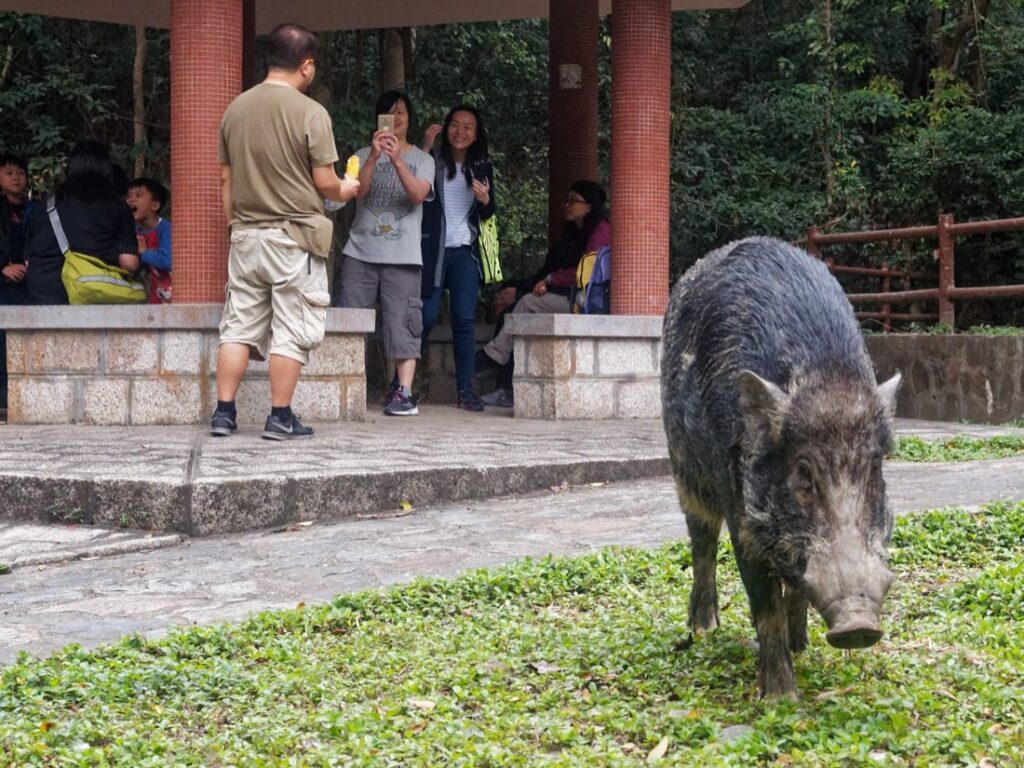
Even to around a decade ago, wild boar were mostly like phantoms of the forests – leaving signs such as soil disturbed where they rooted for food in the night, but hidden away by day. “I have been [studying wildlife] in the field since I joined HKU in 1988. Wild boar were pretty shy of people and often ran away from me when I came across them,” notes Dr Billy Hau, Programme Director, School of Biological Sciences at the University of Hong Kong. “In recent years, especially in country parks where they are fed, they do not run away any more and some even approached me to beg for food.”
While feeding wild animals including boar is discouraged by the Agriculture, Fisheries and Conservation Department, it has become popular with some people, who delight in close encounters with Hong Kong’s largest surviving land mammals – which can reach two metres long, and weigh up to 200 kilogrammes.
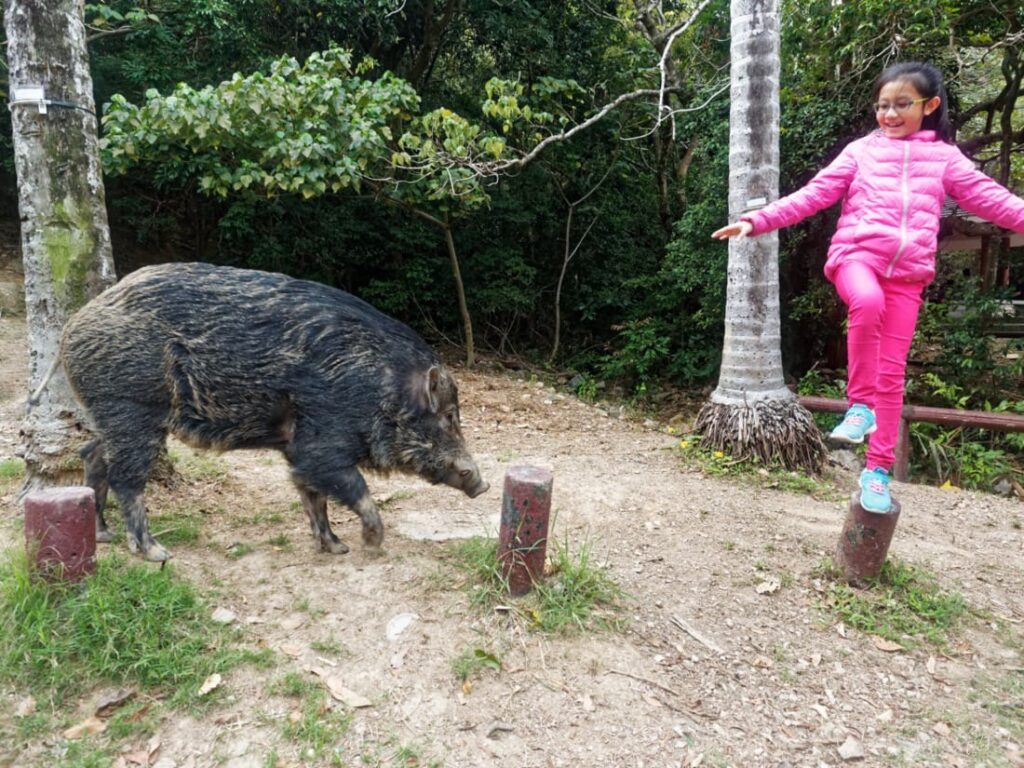
“The population seems to be blooming and the predators that once would have helped control the population are long gone,” comments Paul Crow, Senior Conservation Officer at Kadoorie Farm and Botanic Garden. “Once we would have had tiger, south china leopard, dole [Asiatic wild dog] amongst others … now only pythons. Even the old villagers that once trapped and hunted them are probably fading out, so there is very little to control populations.”
While hunting boar is illegal without a permit, in the 1970s the Hong Kong government established two teams to kill the animals after reports of problems such as wild boar ravaging crops. However, there were issues including an incident when a team targeted wild boar while there were onlookers in the area, and the teams’ operations were suspended in 2017.
These factors have led to a marked increase in the numbers of wild boars seen on the city fringes, and even in some urban areas – with occasional media reports of wild boar entering residential areas, a shopping mall, and even the airport. Along with being fed by people, boar are attracted to waste bins that can be ready sources of food for these omnivores, which can eat foods as varied as we humans, along with some plants that are poisonous to most creatures. Plus, as Billy Hau points out, humans have moved closer to where wild boar already live.
And wild boar are not only being spotted by people, but there are interactions, with a few reports of boars attacking humans. In rare cases these attacks may be unprovoked, though one involved a boar that was kicked by a police officer tasked with catching it, then attacked the policeman and a passing cyclist and even dented a van before being caught with nets and taken away.
Currently, wild boar that cause a nuisance are typically shot with tranquillising darts, then neutered or given contraceptive injections, before being released in relatively remote places. Some people instead support killing wild boar before one seriously harms or even kills someone; while a Wild Boar Concern Group advocates co-existence with them.
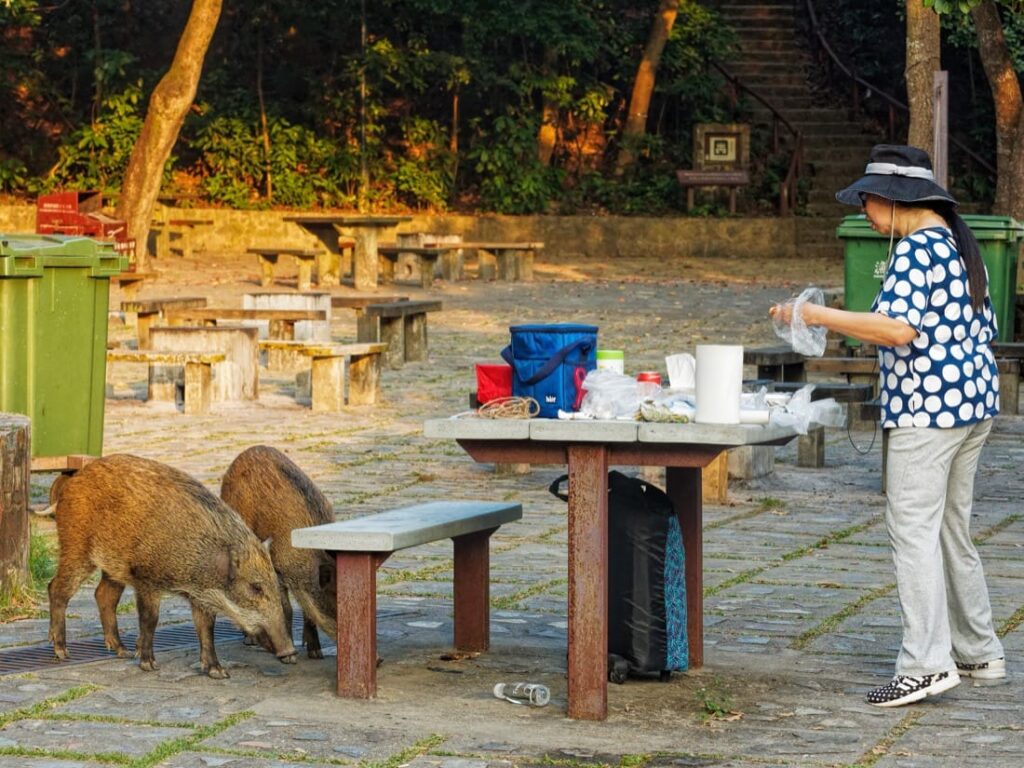
Paul Crow believes culling may be needed – but, “should be based on sound science and population monitoring; we don’t have that yet.”
Similarly, Billy Hau says, “There is no long term population data on the species. No one could say that the wild boar has been increased significantly,” adding that any population explosion due to lack of predators would have happened long ago, given Hong Kong’s last tiger was shot during the Second World War.
While Hau would not oppose sustainable use of wild boar for their meat, he considers the issue so complicated it could hardly be attempted in Hong Kong. As humans look for ways to co-exist with wild boar, he remarks, “I am not afraid of them as I know how to keep a distance and not to trigger their fear.”
So if you come across a wild boar, likewise show some respect and keep a distance, while hopefully enjoying the encounter. And remember: no kicking.
Update: after an incident in which a policeman was attacked by a wild boar he was trying to catch/corner in a car park, the government has begun operations to kill wild boar on the fringes of urban areas.
